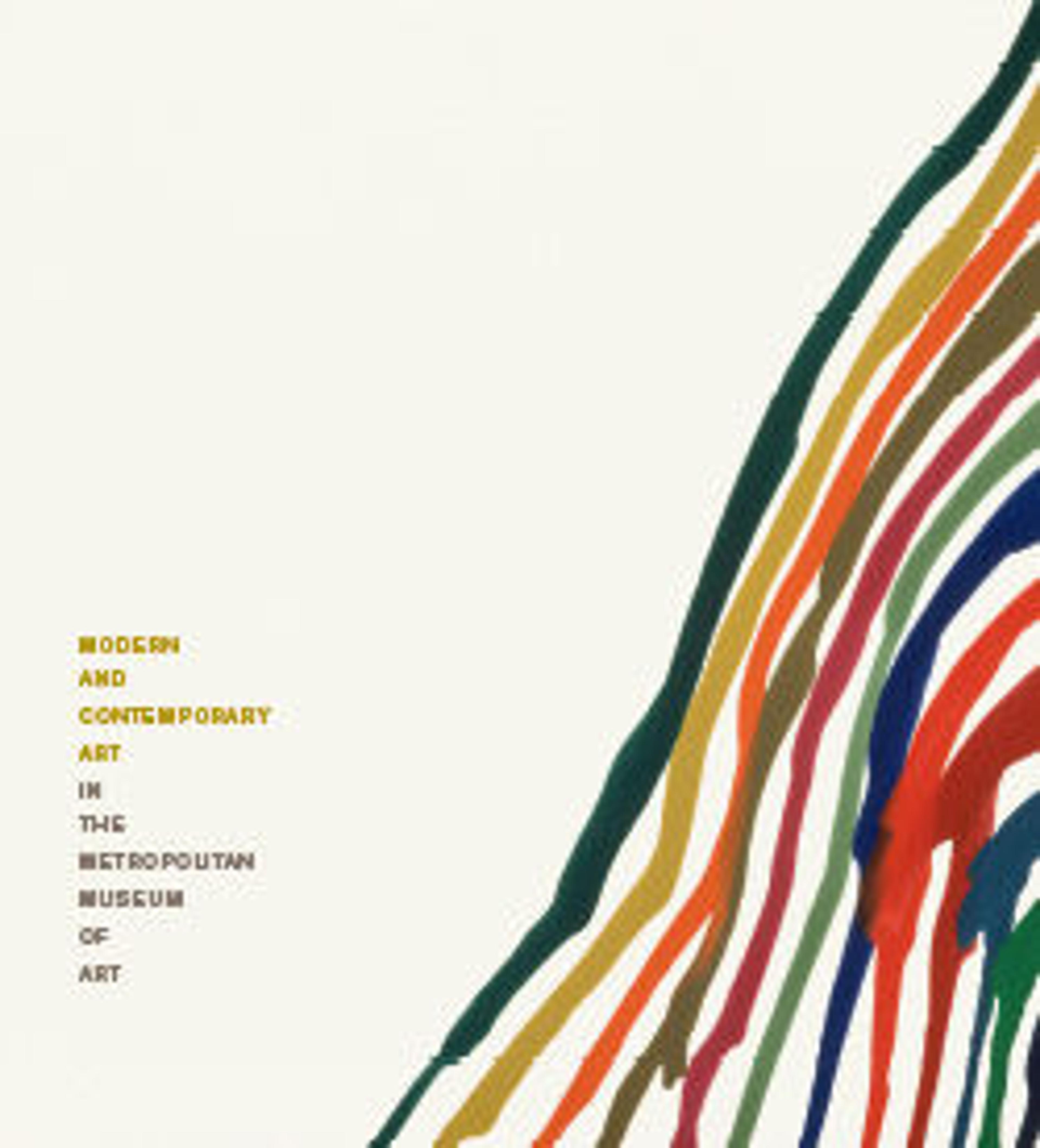House post
The Sentani people of northwest New Guinea live in villages built over the waters of Lake Sentani, a large inland lake. Sentani houses are constructed on wood pilings and are linked by raised boardwalks, allowing the residents to walk around the village. Until the early 1920s, the most imposing structures in most Sentani villages were the houses of the hereditary chiefs. These houses were lavishly decorated with architectural carvings on the pilings that supported the roof and floor.The carvings were of two basic types: tall Y-shaped posts, such as the present work, which supported the central roof beam, and human images carved atop the pilings that supported the floor. Like all Sentani roof supports, this work is made from a single inverted tree. Originally, the upper trunk was sunk into the lake bed, while the flaring roots formed the wing-like projections at the top, at whose junction the roof beam rested. Beyond structural considerations, the inversion of the tree may refer to the cosmic tree in Sentani religion, which grew downward from the heavens to the earth. The shaft is adorned with S-shaped spirals, possibly representing clouds hovering between the earth and sky. The openwork wings incorporate stylized lizards, which crawl inward toward the trunk.
Artwork Details
- Title:House post
- Artist:Lake Sentani artist
- Date:19th–20th century
- Geography:Indonesia, West Papua
- Culture:Sentani
- Medium:Wood
- Dimensions:H. 48 in. × W. 10 ft. 10 in. × D. 48 in. (121.9 × 330.2 × 121.9 cm)
Other (13'): H. 13 ft. × D. 4 in. × 1W. 8 in. (396.2 × 10.2 × 45.7 cm) - Classification:Wood-Architectural
- Credit Line:The Michael C. Rockefeller Memorial Collection, Purchase, Nelson A. Rockefeller Gift, 1965
- Object Number:1978.412.842a
- Curatorial Department: The Michael C. Rockefeller Wing
More Artwork
Research Resources
The Met provides unparalleled resources for research and welcomes an international community of students and scholars. The Met's Open Access API is where creators and researchers can connect to the The Met collection. Open Access data and public domain images are available for unrestricted commercial and noncommercial use without permission or fee.
To request images under copyright and other restrictions, please use this Image Request form.
Feedback
We continue to research and examine historical and cultural context for objects in The Met collection. If you have comments or questions about this object record, please contact us using the form below. The Museum looks forward to receiving your comments.
